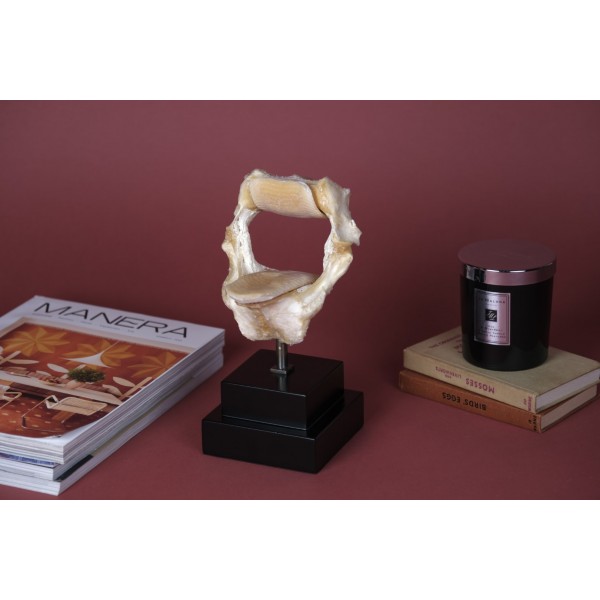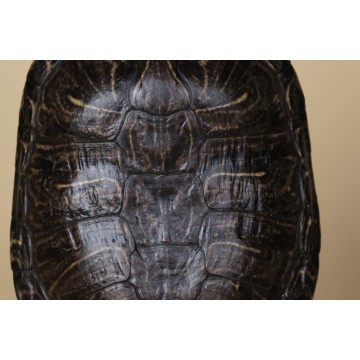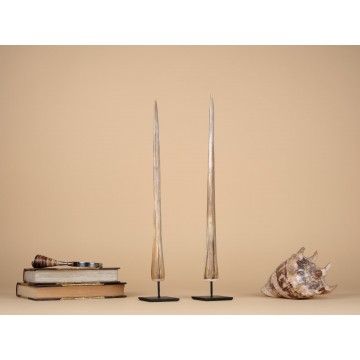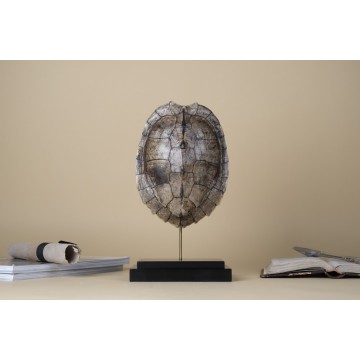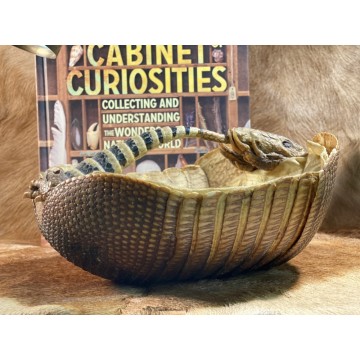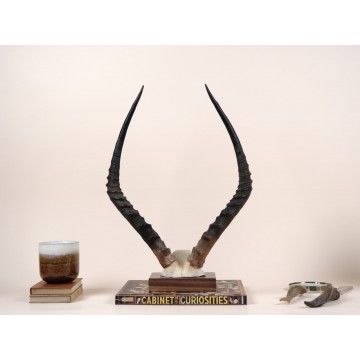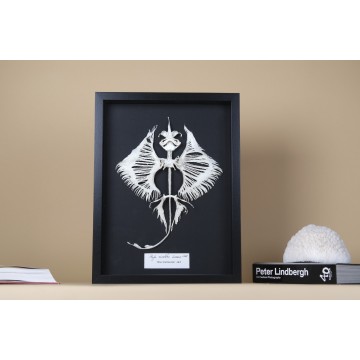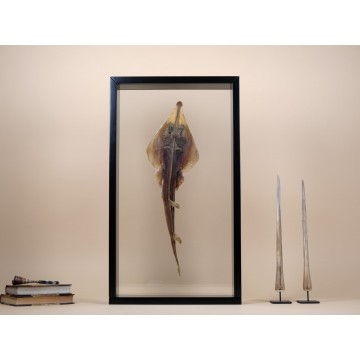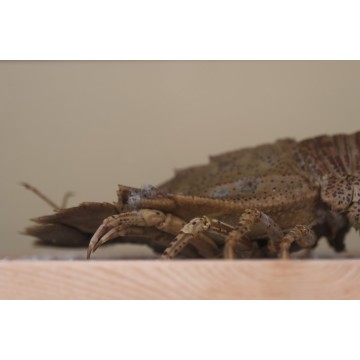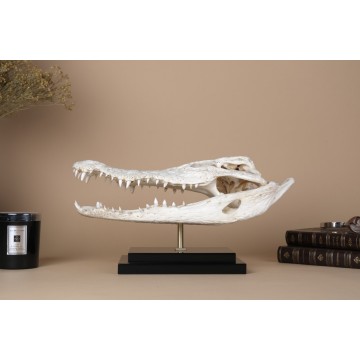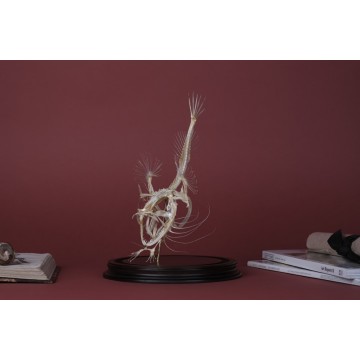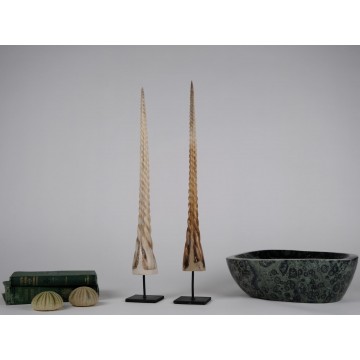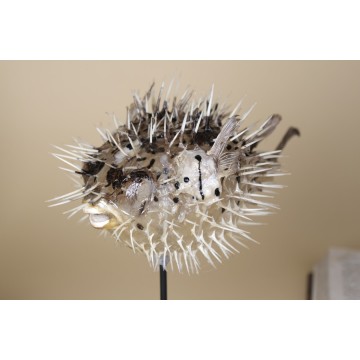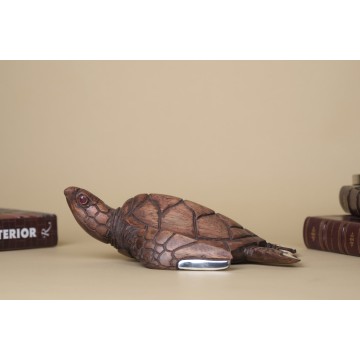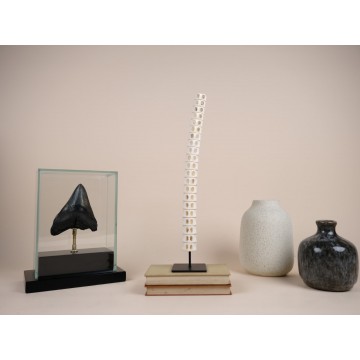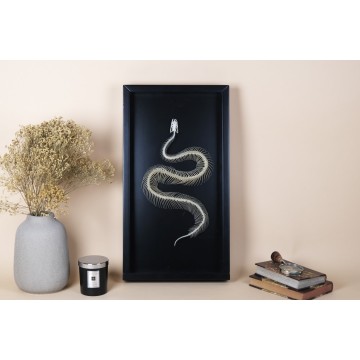Guitarfish, a remarkable shark species that combines the elegance of rays and the intrigue of sharks. This exquisite creature, from Madagascar, is mounted in a splendid glass vitrine, adds a touch of natural beauty and marine allure to any decor.
Crafted with meticulous attention to detail, the mounted Guitarfish showcases its distinctive guitar-like shape, featuring a flattened body, elongated tail, and graceful pectoral fins. The delicate hues of brown, gray, or olive perfectly complement the surrounding environment, creating a harmonious aesthetic. Beyond its decorative appeal, the Guitarfish holds significant ecological importance. This species plays a vital role in maintaining the balance of marine ecosystems, making it a symbol of the interconnectedness of our planet's natural wonders.
Elevate your decor with the addition of the mounted Guitarfish in its elegant glass vitrine. Let its presence spark conversations, inspire a sense of wonder, and remind us of the remarkable diversity that exists beneath the waves.
This unique specimen comes with all the necessary documentation, ensuring its authenticity and compliance with regulations.

